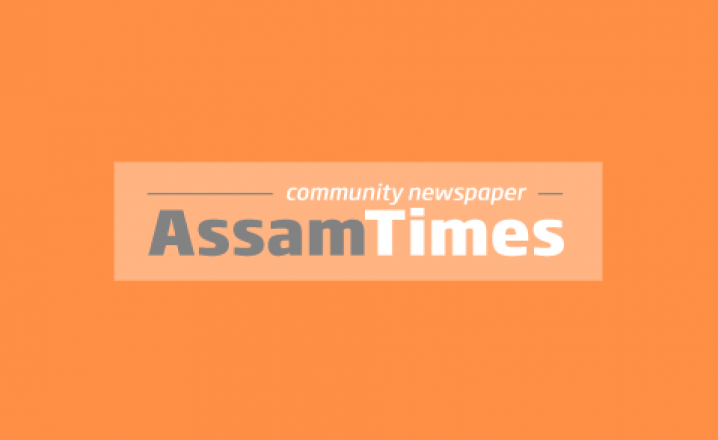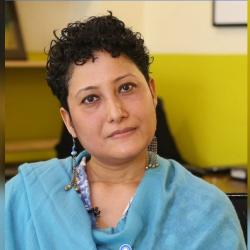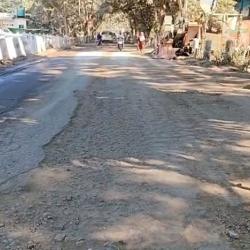There is a growing consensus to raise awareness about diabetes in the 50 days leading up to World Diabetes Day on 14 November 2008. The International Diabetes Federation announced that the theme for this year's campaign is "Diabetes in Children and Adolescents."
Diabetes is one of the most common chronic diseases to affect children. It can strike children of any age, even toddlers and babies. Every day more than 200 children are diagnosed with type 1 diabetes, requiring them to take multiple daily insulin shots and monitor the glucose levels in their blood. It is increasing at a rate of 3% each year among children and rising even faster in pre-school children at a rate of 5% per year. Over 70,000 children a year under the age of 15 get diabetes.
"If not detected early enough in a child, diabetes can be fatal or result in serious brain damage. The obvious warning signs of increased urination, increased thirst, weight loss and tiredness are at times completely overlooked and the disease is misdiagnosed as the flu or not diagnosed at all" said Professor (Dr) Rama Kant, who heads the Diabetic Foot clinic at Chhatrapati Shahuji Maharaj Medical University and is a senior consultant at Gandhi Memorial & Associated Hospitals in Lucknow, India.
"Every parent, school teacher, school nurse, doctor and anyone involved in the care of children should be familiar with the warning signs and alert to the diabetes threat," said Dr Martin Silink, President of the International Diabetes Federation. "Children who are not diagnosed or misdiagnosed can die from DKA (diabetic coma). In the developing world insulin is not reaching many children who need it and the children are dying. The International Diabetes Federation is advocating that access to appropriate medication and care should be a right for a child with diabetes and not a privilege."
World Diabetes Day made a global splash last year, organizing the lighting of several of the world's most recognizable monuments in blue. For 2008 the Federation is reaching out to the global community for their ideas on how to raise awareness.
"There are activities planned worldwide. We hope to have them all listed on the World Diabetes Day website," said Campaign Director Phil Riley. "We're encouraging people to join in with activities in their community and contact us with their ideas."
Countries like India have an estimated 34 to 35 million of people suffering from diabetes, which is the highest in the world. The prevalence of Diabetes in urban population is 17% and in rural it is 2.5%. This indicates impact of life style and nutritional habits. Among the chronic complications of diabetes, diabetic foot is the most devastating complication and is the leading cause of leg amputation among diabetics. It is estimated that in India alone about 50,000 legs are amputated every year, of which almost 75 percent are potentially preventable, said Professor (Dr) Rama Kant.
This problem is further compounded by the lack of awareness, practice of barefoot walking, home surgery, faulty footwear (slippers) and delay in reporting. The cost, both in terms of human health as well as economic burden of the foot ulcer treatment and complication is very high. In countries like Thailand or India, foot care is very critical as a significant majority of the population stays in rural areas. Therefore prevention of ulcer and its subsequent complications is of utmost importance, stressed Professor Kant.
Recent trends are focusing on prevention by life style modifications, adequate control, multi-speciality treatments and aggressive debridements, open traditional and endovascular surgery, use of stents for improving circulation followed by free use of latest dressing techniques, use of different growth factors, off-loading of pressure points, use of modified shoes and also occasional use of boot therapy or modified boot therapy with a special equipments, said Professor Kant.
Let us hope that the 50 days awareness raising campaign in lead up to the World Diabetes Day this year will be effective in bringing down the incidence in times to come.
Bobby Ramakant
(Author is a World Health Organization (WHO)'s WNTD awardee (2008) and writes on health and development extensively. He can be contacted at: bobbyramakant@yahoo.com)
Diabetes is one of the most common chronic diseases to affect children. It can strike children of any age, even toddlers and babies. Every day more than 200 children are diagnosed with type 1 diabetes, requiring them to take multiple daily insulin shots and monitor the glucose levels in their blood. It is increasing at a rate of 3% each year among children and rising even faster in pre-school children at a rate of 5% per year. Over 70,000 children a year under the age of 15 get diabetes.
"If not detected early enough in a child, diabetes can be fatal or result in serious brain damage. The obvious warning signs of increased urination, increased thirst, weight loss and tiredness are at times completely overlooked and the disease is misdiagnosed as the flu or not diagnosed at all" said Professor (Dr) Rama Kant, who heads the Diabetic Foot clinic at Chhatrapati Shahuji Maharaj Medical University and is a senior consultant at Gandhi Memorial & Associated Hospitals in Lucknow, India.
"Every parent, school teacher, school nurse, doctor and anyone involved in the care of children should be familiar with the warning signs and alert to the diabetes threat," said Dr Martin Silink, President of the International Diabetes Federation. "Children who are not diagnosed or misdiagnosed can die from DKA (diabetic coma). In the developing world insulin is not reaching many children who need it and the children are dying. The International Diabetes Federation is advocating that access to appropriate medication and care should be a right for a child with diabetes and not a privilege."
World Diabetes Day made a global splash last year, organizing the lighting of several of the world's most recognizable monuments in blue. For 2008 the Federation is reaching out to the global community for their ideas on how to raise awareness.
"There are activities planned worldwide. We hope to have them all listed on the World Diabetes Day website," said Campaign Director Phil Riley. "We're encouraging people to join in with activities in their community and contact us with their ideas."
Countries like India have an estimated 34 to 35 million of people suffering from diabetes, which is the highest in the world. The prevalence of Diabetes in urban population is 17% and in rural it is 2.5%. This indicates impact of life style and nutritional habits. Among the chronic complications of diabetes, diabetic foot is the most devastating complication and is the leading cause of leg amputation among diabetics. It is estimated that in India alone about 50,000 legs are amputated every year, of which almost 75 percent are potentially preventable, said Professor (Dr) Rama Kant.
This problem is further compounded by the lack of awareness, practice of barefoot walking, home surgery, faulty footwear (slippers) and delay in reporting. The cost, both in terms of human health as well as economic burden of the foot ulcer treatment and complication is very high. In countries like Thailand or India, foot care is very critical as a significant majority of the population stays in rural areas. Therefore prevention of ulcer and its subsequent complications is of utmost importance, stressed Professor Kant.
Recent trends are focusing on prevention by life style modifications, adequate control, multi-speciality treatments and aggressive debridements, open traditional and endovascular surgery, use of stents for improving circulation followed by free use of latest dressing techniques, use of different growth factors, off-loading of pressure points, use of modified shoes and also occasional use of boot therapy or modified boot therapy with a special equipments, said Professor Kant.
Let us hope that the 50 days awareness raising campaign in lead up to the World Diabetes Day this year will be effective in bringing down the incidence in times to come.
Bobby Ramakant
(Author is a World Health Organization (WHO)'s WNTD awardee (2008) and writes on health and development extensively. He can be contacted at: bobbyramakant@yahoo.com)
- 12700 reads








Add new comment